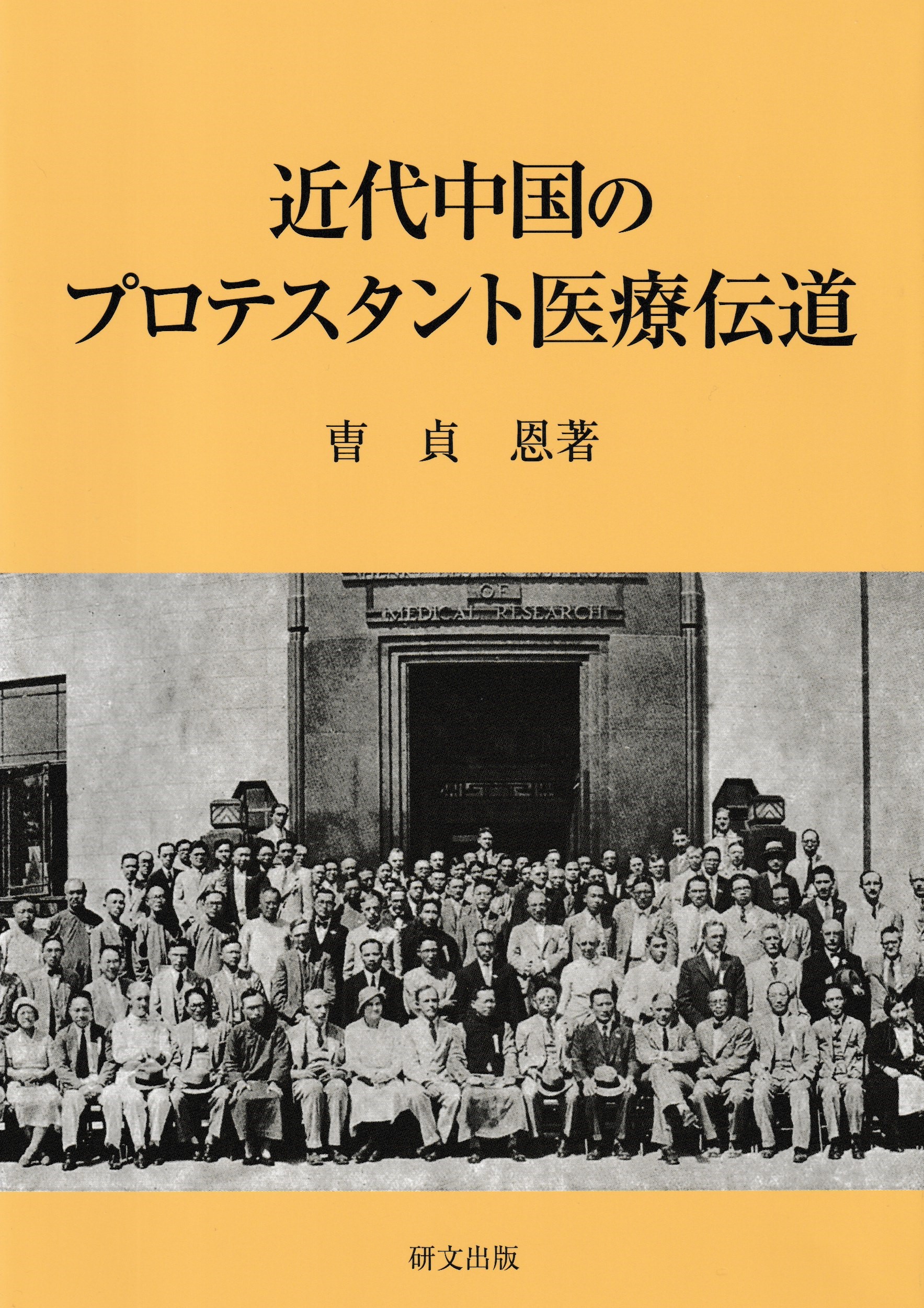
Title
Kindai-Chugoku no Protestant Iryo-Dendo (Protestant Medical Missions in Modern China)
Size
286 pages, A5 format, hardcover
Language
Japanese
Released
March, 2020
ISBN
978-4-87636-454-1
Published by
Kenbun Shuppan (Yamamoto Shoten)
Book Info
See Book Availability at Library
Japanese Page
This book focuses on China Medical Missionary Association, a Protestant medical missionary organization that had a great influence on modern Chinese society and healthcare. It clarifies its activities and discusses the indigenization of medical mission works. The “indigenization of medical mission works” in this book refers to the transfer of the rights of operation and management of mission hospitals and medical schools from foreign medical missionaries to the Chinese. Chapter 1 analyzed the debate on the medical missionaries’ dilemma between prioritizing healthcare goals or the religious mission, and described the separation of medical care and the mission from the 1900s onwards, after which the medical missionaries’ primary role became that of the physician. Chapter 2 explored the changes of the China Medical Missionary Association in 1907–1932, the events leading to the merge with The National Medical Association of China, and sought to deepen understanding on the indigenization of Christian medical mission works in modern China. Chapter 3 discussed the processes of indigenization in medical and educational mission works with a focus on the operation of mission hospitals and medical schools. Chapter 4 investigated the medical missionaries’ roles as translators of medical terminology and their gradual replacement by Chinese to perform this task. Finally, Chapter 5 investigated how Chinese locals influenced the medical missionaries’ perceptions of traditional medicine to illustrate one facet of the interactions between Western Medicine and Traditional Chinese Medicine.
Research on Christian medical and educational missions to date is valuable because it has clarified the impact that medical missionaries have had on Chinese society. However, they have consisted of discussions on specific missionary groups in particular regions and are thus insufficient for understanding the comprehensive impact of foreign medical missions in the Entire country. Therefore, analyzing the activities of The China Medical Missionary Association and the aggregation of the Protestant medical missionaries active throughout China, provides important hints for understanding the developments in Christian medical mission works in modern China. Since the mid-80s, there have been studies focusing on the Chinese Church and Chinese believers rather than foreign missionaries; however, these studies have primarily discussed the Chinese Church, and have not drawn attention to the changes in medical mission works. Hence, the present book can be said to have filled an important gap that was missing from previous studies by highlighting the indigenization of medical mission works. At the same time, there is an increasing body of research on medical missions of the Protestant Church from the perspective of medical history. However, the majority of studies from these areas examined the histories of healthcare policies and hygiene systems. An important aim of these studies is describing the history of how the Chinese government regulated Western and traditional medicine in the process of introducing healthcare and hygiene systems. In contrast, this book places importance on the cooperation and interactions between medical missionaries and local Chinese with an interest on how they have influenced each other. Furthermore, medical history studies on medical missionaries have emphasized their medical activities, and have not elaborated on their religious roles; however, it is evident that proselytization as an objective was an important determinant of the orientation of the activities of medical missionaries. In this sense, incorporation of the medical and religious aspects into the discussion in explaining the activities of medical missionaries is another distinct contribution of this book.
(Written by: Jeongeun Jo / March 22, 2021)



